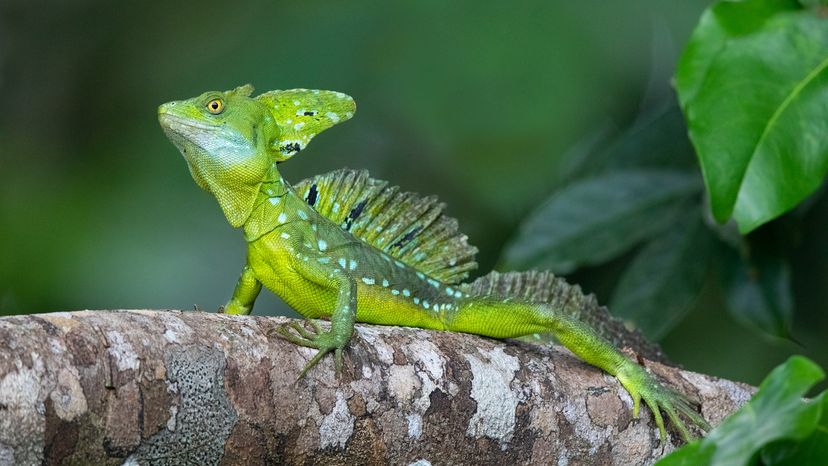
If you've ever seen a lizard running across the surface of water, you've likely witnessed the amazing basilisk lizard in action. This stunning feat earned the basilisk the nickname "Jesus Christ lizard." Like the founder of Christianity, this slithery critter can walk across lakes and seas.
Basilisk lizards are native to Central and South America, where they thrive in lush tropical habitats. From green basilisks to brown basilisks, these speedy creatures are masters of survival, combining agility, stealth and their famous water-walking abilities to stay ahead of predators.
Advertisement